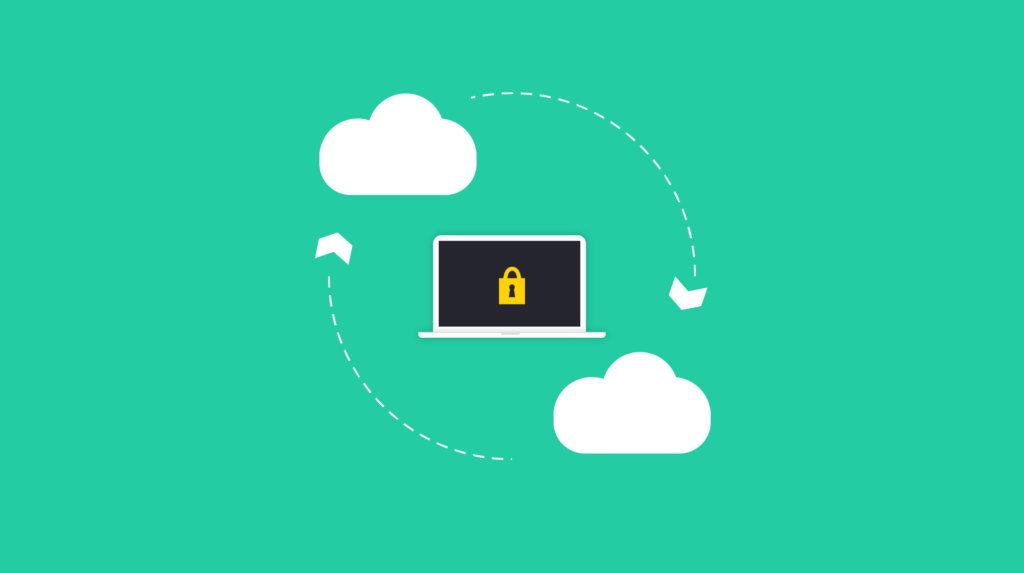Why is Enterprise Data Protection Important for Business in 2024?
Data protection and data security have become prime concerns of SMBs and healthcare organizations in the recent past. With attackers becoming more sophisticated and targeted in their ransomware attacks, it is not surprising for SMBs to become conscious about their data protection. Did you know a recent ransomware report released by Datto on 17th January 2023 revealed that SMBs are aware of rising cyber threats and have to allocate resources and invest in cloud and network security? Here are some of the stats from the report. #Foodforthought: These are some big numbers to Not pay attention to. It flows into the periphery of an organization considering an updated, upgraded, and robust data security plan of action. With all these stats, it is imperative for SMBs to think about their data security, data protection, and, above all, their data privacy. Simultaneously, it is important to understand the difference between the three and how they all come together to ensure your data is safe and secure. Enterprise Data Protection – Definition And Its Relevance in 2024 If we talk about the definition of EDP- It is the process of delivering, managing, and monitoring security across all data repositories and objects within an organization. Enterprise data protection is an inclusive term that includes various policies, tools, frameworks, and techniques ensuring your data safety respective of its storage and consumption within an organization. Enterprise Data protection is crucial for businesses for several reasons. The increased reliance on digital data and technology has increased the need for enterprise data protection. Considering the growing frequency of cyberattacks, it has become essential for SMBs to take proactive measures to amp their data protection, data security, and data privacy strategies. Key components of an effective enterprise data protection strategy Threats to Enterprise Data in 2024 In 2024, the threats to enterprise data are bound to become more targeted and sophisticated, and organizations must guard against them. So, how do you define enterprise data threats? Simply put, Enterprise Data threats imply all the potential harm that could be caused to an enterprise’s data or systems due to security breaches, cyberattacks, or other malicious activities and subsequent data losses. Some common enterprise data threats include – While all these are common threats to enterprise data, risks of data breaches and cyberattacks have increased. Risks of Data Breaches and Cyber Attacks Ransomware attacks are the biggest and the most common threat to enterprise data, but that’s not all. Data loss is a huge impact on an organization and the onus of protecting sensitive data increases with each attack. Ransomware attacks can be identified by keeping an eye on the following activities 2. Impacts of data loss on businesses: The impact of Data breaches and cyberattacks on businesses is quite significant. 3. Importance of protecting sensitive data: Confidential information like personal information, financial information, and trade secrets are your sensitive data that needs protection and security. So, data protection is critical to the data security and privacy of individuals and the business’s success. Let’s look at the impact of enterprise data protection on businesses in 2024 and how businesses should protect their enterprise data from ransomware attacks. Why Is Enterprise Data Protection Important for Businesses in 2024? Enterprise Data Protection is crucial for businesses in 2024 for several reasons: Final Words Enterprise Data protection is a crucial aspect of modern business operations and is essential for protecting sensitive data, maintaining a business’s reputation, and supporting overall business goals. Rather than scrambling for solutions at the 11th hour, it is better to evaluate the current security systems and invest resources to make EDP a part of the growth of your organization. To know more about how we can help you battle your woes, please feel free to reach out to us at info@ace-data.com today!
Why is Enterprise Data Protection Important for Business in 2024? Read More »




